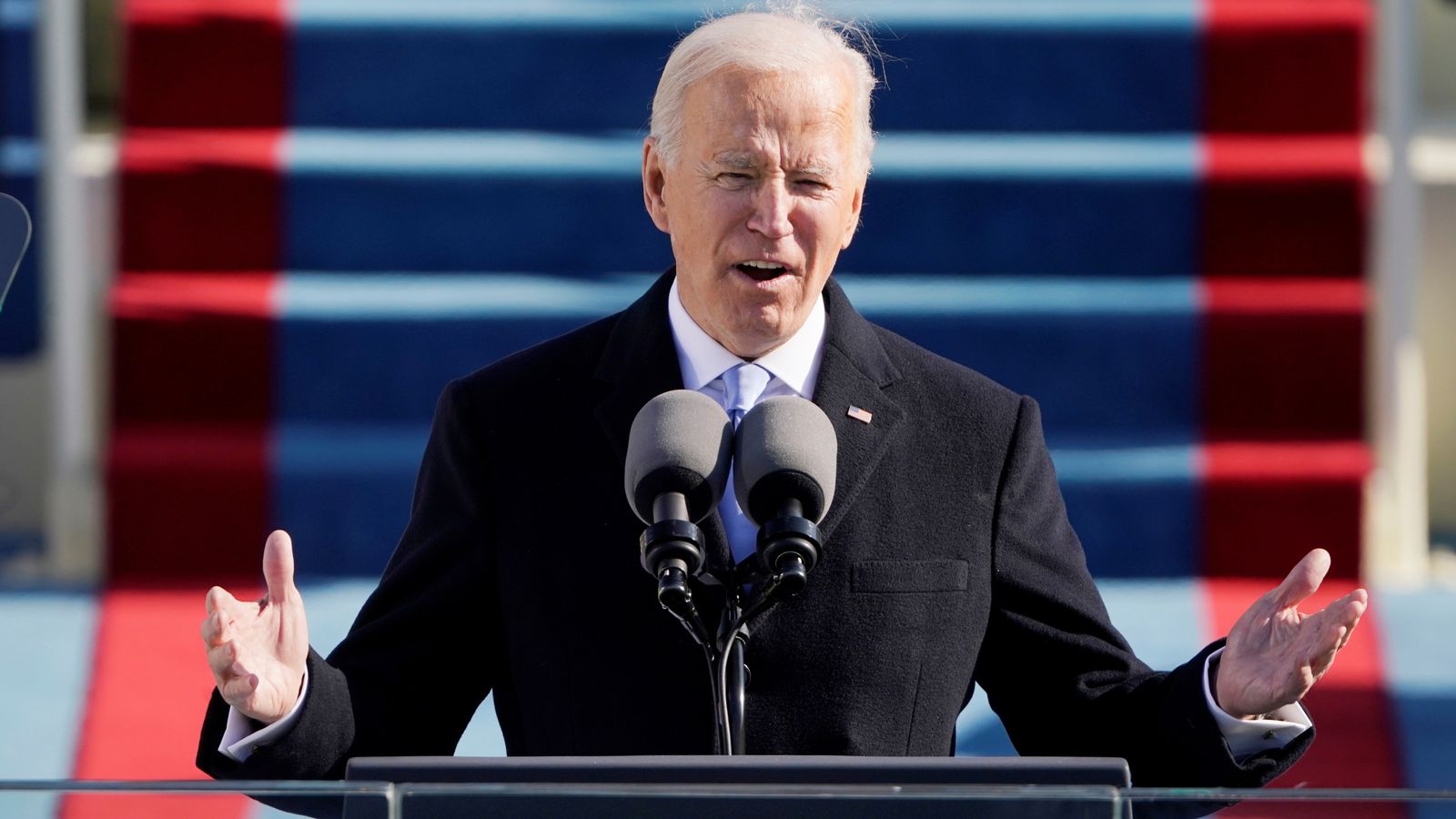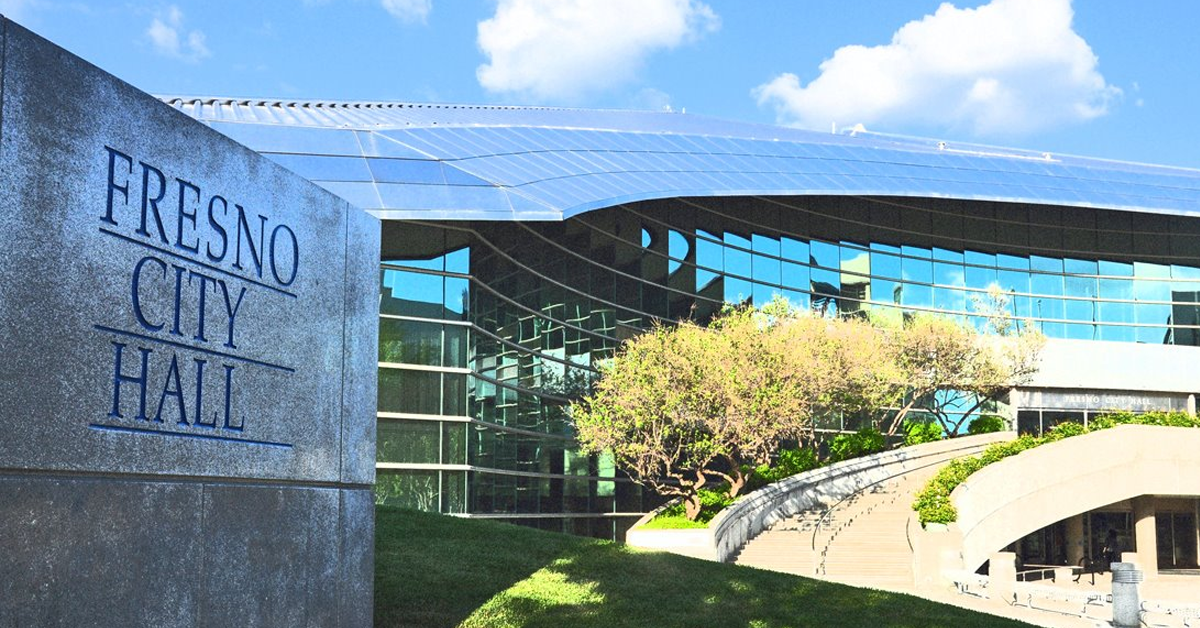The deadline has passed for public comment on a key report for the Hotel Fresno project.
But make no mistake – public debate on Hotel Fresno is far from over.
City Hall has on file an environmental report on the Hotel Fresno rehabilitation project in Downtown. The public had until Wednesday, Oct. 19 to make written comments.
The report in official language is called a mitigated negative declaration. It’s only one document in a growing stack of paperwork that must pass extensive public scrutiny before construction actually begins.
In other words, don’t worry if you missed the deadline. You’ll have plenty of opportunities to opine.
Based on my quick look, the report gives the project a green light – renovation of the Hotel Fresno as planned will cause no significant or unfixable problems to the surrounding environment.
But the report and other project documents raise, and then leave unanswered, a new question: Exactly how does the proposed rebirth of the Hotel Fresno advance City Hall’s vision for a revitalized Downtown?
To phrase things another way, is Hotel Fresno destined to be another Hotel California?
History and geography are vital to our context.
“The 100-year-old Hotel Fresno is the oldest hotel and one of the oldest buildings remaining in the city,” states a report produced for City Hall by McCandless & Associates Architects. “It is listed on the City’s Official Register of Historic Resources and was designed by Edward T. Foulkes of San Francisco, the same prominent architect who designed the Oakland Tribune Tower. When construction was completed in 1912, the opulent Fresno Hotel served as a social center for the city. Its guest lists included the likes of Jack Dempsey, Gary Cooper, Joe Louis and Richard Nixon. The hotel was converted in the 1960’s to senior apartments, but poor management lead to further decline. In 1983 the building closed for repairs and has remained closed ever since. It has suffered from neglect and vandalism, particularly on the interior. However the exterior remains relatively intact (though boarded up) and many of the original architectural features, inside and out, are intact.”
This “adaptive reuse” report was written several years ago. Needless to say, city officials and local preservationists have long dreamed of restoring the Hotel Fresno building to something approaching its former glory.
The reason goes beyond sentiment. The Hotel Fresno sits on two acres that are unusual in their location and strategic in their effect on Downtown revitalization.
The hotel in its heyday was on Broadway, a bustling thoroughfare of commerce that doubled as Highway 99 for a short stretch. Fulton, Fresno’s “Main Street,” was just one block to the east. Money, power and status in Fresno during the first half of the 20th century were based largely along the Fulton-Broadway corridor.
Then futurist architect Victor Gruen came to town in 1957 with promises of the greatest urban comeback in history, even though it was far from clear what had failed.
Within seven years, Fulton between Tuolumne and Inyo streets had been dug up and turned into a pedestrian mall. Nearby streets were reconfigured into a one-way loop around the Fulton Corridor.
Cars were to disappear. People on foot were to be the norm. Fresno was to be the model for urban renewal all across America – nay, the world.
None of it worked as planned. Broadway between Tuolumne and Inyo slowly but surely lost its identity. All that’s left today of that once glorious stretch is bits and pieces of something called Broadway Plaza. Alleys in the worst parts of Fresno have more distinction than Broadway Plaza.
Hotel Fresno sits on Broadway Plaza. How to get there? As the farmer said to the lost traveling salesman who had asked for directions, “You can’t get there from here.”
Nor does it help that sitting just a few feet north of Hotel Fresno is a huge building with IRS functions and an equally huge IRS parking garage with no public access. Why city officials ever approved construction of that building and that parking garage in that spot is beyond me.
Now, the Hotel Fresno could be left to its sad but inevitable “demolition through neglect” if it weren’t for two things.
First, as already noted, the building is only a stone’s throw from the old mall. And the mall is now being torn up. Mayor Ashley Swearengin found the $21 million and the political will to fix Gruen’s folly. Cars should be cruising Fulton Corridor sometime next year. By any definition, this is a huge step in the rebirth of Downtown.
Swearengin is termed out in January. Her successor and other city officials can’t have an ugly and empty Hotel Fresno as essentially the north-end anchor of Fulton Corridor.
Just as important, City Hall needs more Downtown housing. The City Council on Thursday approved two planning documents that call for 10,000 new housing units in the 10-plus square miles that were pre-World War II Fresno.
Who wouldn’t want to share an apartment with the ghost of Gary Cooper? (Richard Nixon? Probably not.)
Second, the high-speed rail station is slated to be built a hundred yards or so south of the Hotel Fresno. The bullet train is supposed to perform all sorts of miracles. Without a doubt, the system will attract no shortage of national experts taking the train to Fresno to see reality for themselves.
And the first thing they see is the empty Hotel Fresno with its pigeons? City officials and local redevelopment experts would never work again.
Swearengin has been trying to get Hotel Fresno renovated almost since she took office in January 2009. A proposal five years ago from developers with a modest local track record died a slow death from the usual disease – shaky financing.
That was followed a couple of years later by a proposal from a Southern California-based company called APEC International LLC. Investors were to have more of their own money in this deal. That inspired more confidence in city officials.
Then the Hotel Fresno project went quiet (at least in the public arena) while the rest of Swearengin’s Downtown revitalization plans picked up steam.
The just-completed public review period for the project’s mitigated negative declaration suggests Swearengin and APEC officials might get in a Hotel Fresno news conference of historic significance before she leaves office.
Here’s what I find interesting. I base my thoughts on the mitigated negative declaration and a June 8, 2016 staff report from the California Tax Credit Allocation Committee. The report recommended approval of $1.02 million in annual federal tax credits to help finance the Hotel Fresno project.
All of the Hotel Fresno plans, regardless of the developer or the era, envisioned turning the building into 70 to 80 apartments with some retail (up to 10,000 square feet) on the ground floor. Some units were to be for low-income renters (it was never clear to me exactly how many units).
The APEC proposal calls for 79 apartments. Forty are to be for low-income renters. These apartments, according to the tax credit report, are to serve “large families with rents affordable to households earning 30-60% of area median income (AMI).”
APEC’s partner, the report adds, is Deep Green Housing and Community Development.
The other 39 apartments (one is reserved for the manager) will have market-rate rents.
The tax credit report lists proposed monthly rents (including utilities) for all 79 apartments. Rents for the low-income apartments range from $320 for a one-bedroom apartment for a family earning 30% of AMI to $888 for a three-bedroom apartment for a family with 60% of AMI.
Twenty-six of the low-income apartments are two or three bedrooms.
The manager, of course, would pay no rent. Of the remaining 38 market-rate apartments, 25 would be one-bedroom units. The other 13 would be two-bedroom units. Monthly rents for all 38 would range from $1,046 to $1,111.
The tax credit report includes details of APEC’s financing package. The project is to cost $24,275,876. Nearly $13.6 million would come from historic tax credit equity and tax credit equity. A total of $4.8 million is to come from a loan and a grant from the state’s Affordable Housing and Sustainable Communities program. Then there’s $1.9 million from City Hall’s Housing Successor Agency (an offspring of the old Redevelopment Agency). And we can’t forget the $3.4 million loan from BBCN Bank.
To a layman like me, the Hotel Fresno project seems to be a largely taxpayer-supported deal.
I’ve followed the Hotel Fresno journey for many years. To have more than 50% of the housing portion (40 of 78 units, minus the manager’s apartment) devoted to low-income renters surprises me.
Here’s why.
No one disputes the need (and right) of high-quality housing for all people, regardless of income. But city officials in general and Swearengin in particular have said for years that a key to Downtown revitalization is a critical mass of market-rate housing that has real live human beings living there and actually paying market-rate rents.
The main reason has to do with the modernist, secular, diverse, multi-cultural, relativist, fractured society that is 21st century Fresno. City Hall asks itself: What in heaven’s name is to be this society’s binding agent? There’s only one possible answer: Consumption.
Downtown is to get lots of shops and restaurants and nightclubs and art galleries – fun stuff like that. And that is to attract tons of people with lots of money to spend and the willingness to part with their dough on a regular basis.
It’s a can’t-fail formula as long as you have tons of people with lots of disposable income. Those people pay market-level rents. By definition, a large family earning 30% of area median income and paying $444 a month to live in a three-bedroom apartment in the Hotel Fresno doesn’t have a lot of disposable income on a regular basis.
Such a family is of equal legal, political and moral standing with every other family in Fresno. Of that there can be no question. No one at City Hall has ever suggested otherwise.
But such a family, multiplied many times over, is not what Downtown Fresno needs if the Mayor’s revitalization formula is to succeed. Downtown is surrounded by neighborhoods full of low-income families. If a consumption-based revitalization effort as pitched by City Hall could succeed on the pocketbooks of low-income Fresnans, then Downtown would already be a success.
(In a quick aside, let me say this is why Downtown will never be deemed by the federal government as a “high opportunity area.” Downtown is already on the road to recovery. Wonderful things will continue to happen there. But the feds and activists would never allow City Hall to designate Downtown a “high opportunity area” for purposes of housing policy. The feds and activists would accuse City Hall of a ruse designed to curtail or stop the zoning of low-income housing in North Fresno.)
I’m guessing the Hotel Fresno project will get done pretty much as described in the mitigated negative declaration and the California Tax Credit Allocation Committee report.
That means the north end of Downtown’s Fulton-Broadway corridor will be anchored by low-income housing for large families.
And what’s at the south end of Downtown’s Fulton-Broadway corridor? The beautiful old Hotel California building, that’s what.
“The Hotel California was constructed in downtown Fresno as a luxury hotel for city visitors and as a meeting place for city residents,” wrote the authors of the building’s nomination for the National Register of Historic Places. “Designed by H. Rafael Lake and constructed by R.F. Felchlin & Company, the building immediately became a symbolic landmark for the growing prosperity of the City of Fresno. In the ensuing years, the Hotel Californian gained a reputation as the best hotel between San Francisco and Los Angeles, and hosted a great number of famous individuals and important events. It remains emblematic of Fresno’s prosperity in the 1920s and is an outstanding example of the type of development that occurred in California’s Central Valley cities wishing to promote a strong sense of their success and urbanization during this period.”
The Hotel California of 1923 is now The Californian – 217 units, each home to a renter receiving Section 8 housing assistance.
Like I said, the Hotel Fresno debate is far from over.









Thank you for providing the financing information. It is usually far more descriptive and provides a good antidote to the “oohhs and aahs ” about the vision and benevolence of the developer.
I agree with you entirely. Gentrification promise, locally referred to as revitalizing of downtown, implies that the quality of the businesses, patrons and facilities will be such that people from the Bluffs will be moving into downtown. I really do not understand who thought that to create another low income enclave is what missing in downtown Fresno.